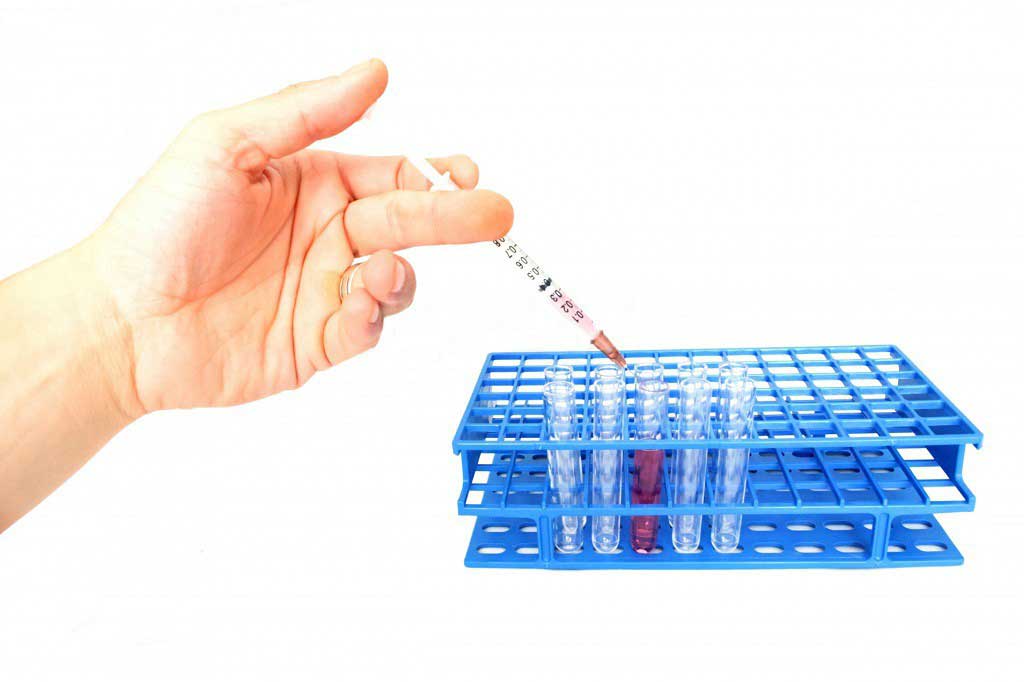Jervell and Lange-Nielsen
What does 'long QT' mean?
Every time your heart beats, it produces tiny electrical signals. An electrocardiogram (ECG) machine traces these signals on paper a typical pattern is shown below.
As the graphshows, each heartbeat is mapped as five distinct electrical waves P, Q, R, S and T. The part of the pattern from Q to T represents the electrical activity of the heart's lower chambers, or ventricles.
In people with long QT syndrome, this QT interval lasts abnormally long. In other words, it takes longer for the heart cells in the ventricles to recharge after each heartbeat. This can upset the timing of the heartbeat and may trigger an abnormally fast heart rhythm.
Introduction
Long QT syndrome causes problems with the electrical activity of the heart. It's uncommon, occurring in around 1 in every 2,000 people.
Symptoms of long QT syndrome
There are usually no physical signs of long QT syndrome, and some people don't experience any symptoms. The most common symptoms are blackouts or seizures caused by the interruptions to the heart's r
What causes long QT syndrome?
To understand the underlying cause of long QT syndrome, it's important to know how the heart cells work. On the surface of each heart muscle cell are tiny pores, or ion channels. These open and close
What does 'long QT' mean?
Every time your heart beats, it produces tiny electrical signals. An electrocardiogram (ECG) machine traces these signals on paper a typical pattern is shown below. As the graphshows, each heart
Diagnosing long QT syndrome
Ifyour GPthinks you havelong QT syndrome after assessing your symptoms, they may recommend that you have an ECG and refer you to a heart specialist (cardiologist). In particular, if blackouts have oc
Treating long QT syndrome
Most people with inherited long QT syndrome will need treatment with medicines. Beta-blockers , such aspropranololornadolol, may be prescribed to help control irregular heartbeats and slow down your
Living with long QT syndrome
With appropriate treatment, such as medication or surgery, it should be possible to lead a relatively normal lifestyle. However, you may need to make some lifestyle adjustments to reduce your risk of
Information about you
If you have long QT syndrome, your clinical team may pass information about you on to the National Congenital Anomaly and Rare Diseases Registration Service (NCARDRS). This helps scientists look for







 Subscribe
Subscribe Ask the doctor
Ask the doctor Rate this article
Rate this article Find products
Find products